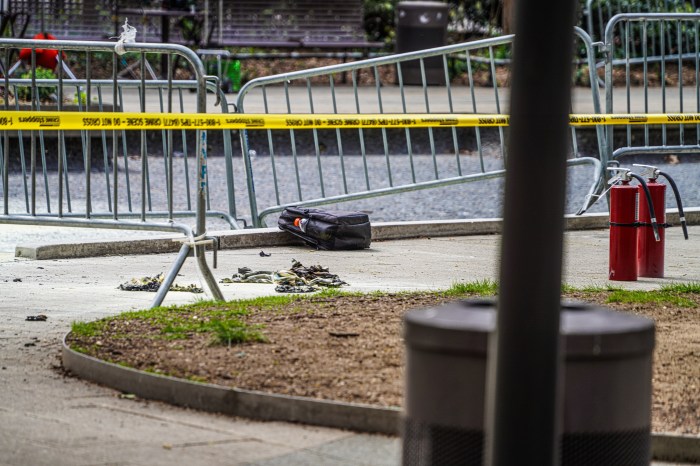By Rich Bockmann
A 16-year old cancer survivor from Middle Village is using her experience with leukemia to urge others — especially minorities — to sign up to become bone marrow donors.
Carly Nieves and the North Shore-Long Island Jewish Health System community gathered last week — November was National Marrow Awareness Month — to speak about the importance and the ease of signing up for the National Marrow Donor Program, the world’s largest registry of bone marrow and cord blood donors.
“It’s so simple to become a donor,” said Nieves, who was diagnosed with leukemia at the age of 7. After 2 1/2 years of chemotherapy, Nieves relapsed, and at that time she had the choice of either starting a new round of treatment or seeking a bone marrow donor, but because of her ethnicity — Nieves is half Italian, half Puerto Rican — it was highly unlikely she would find a match.
Nieves completed a second round of chemotherapy treatment and her cancer is now in remission, but she remains a strong advocate for people becoming donors.
“I met so many children who had bone marrow transplants and have been very successful in the outcomes and they’re getting back to their normal lives now,” she said. “They’re really healthy and they’re going back to school and it really changes the family’s life and a child’s life.”
Dr. Joel Brochstein, associate chief of cellular therapy at North Shore-LIJ’s children’s center, said there are about eight proteins that go into a tissue type, and over the years it has become easier to find a donor with just the right combination of proteins.
The national registry began 25 years ago with just 10,000 donors, but now there are more than 10 million in the database.
“In the beginning it was like searching for a needle in a haystack,” he said. “Now the chances of finding a match are much better, primarily due to the increase in the number of people in the registry.”
But because the proteins tend to congregate in ethnic groups, Brochstein said, there is a glut of matches for patients who are African American, Hispanic or Asian — groups that are underrepresented in the registry.
In 1986, Airam Da Silva moved to the United States from Brazil with his sister, Icla, who was seeking a donor for her leukemia. Icla died after three years of fighting her disease, and in 1992 her brother started the Long Island City-based Icla Da Silva Foundation, which conducts about 3,000 bone-marrow drives a year.
Da Silva said it takes nothing more than a cheek swab to find out if one has a high-demand marrow type.
Lisa Horner, Carly’s mother, said it was heart-wrenching to watch her daughter struggle with her disease.
“No one should have to go through this, especially if you’re sitting and waiting for a match and there’s somebody out there who’s not on that registry and can be on that registry and can save someone. It’s so simple just go do it,” said Horner, who joined the registry herself. “I’m still waiting for my call.”
Reach reporter Rich Bockmann by e-mail at rbockmann@cnglocal.com or by phone at 718-260-4574.


































